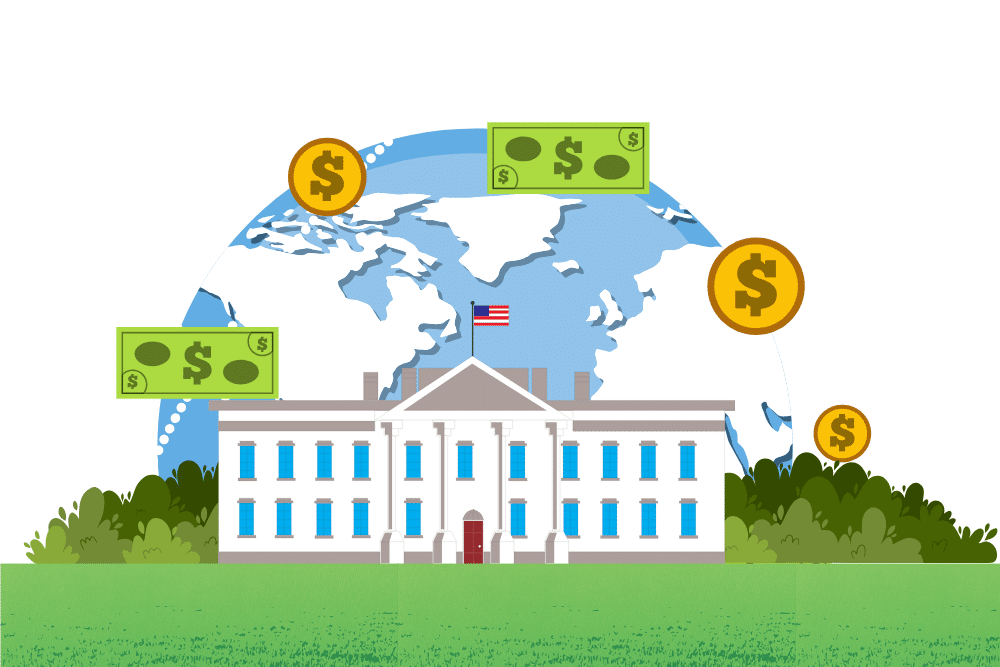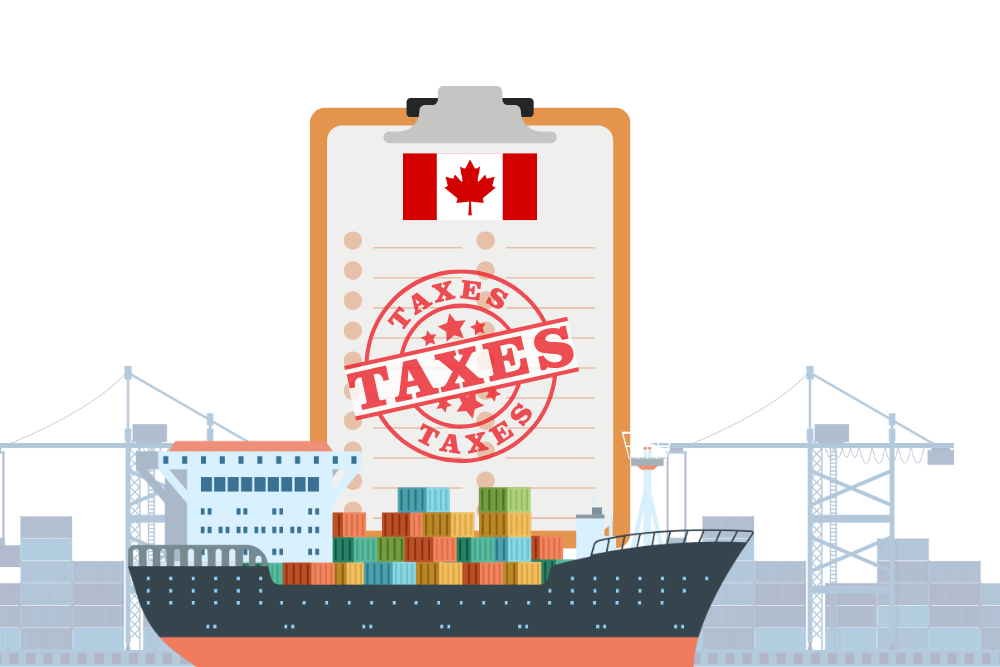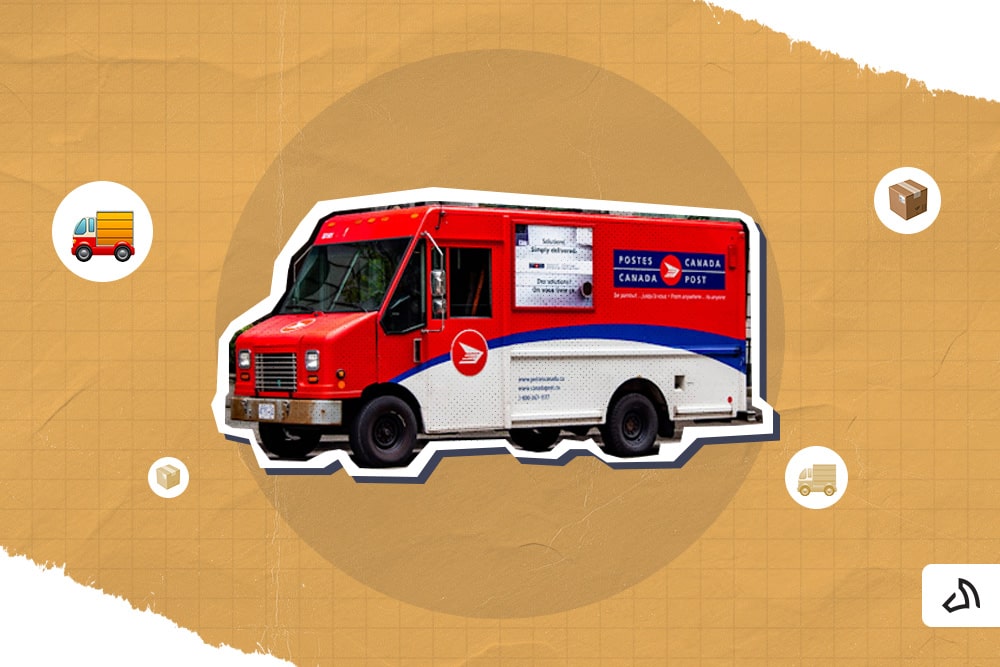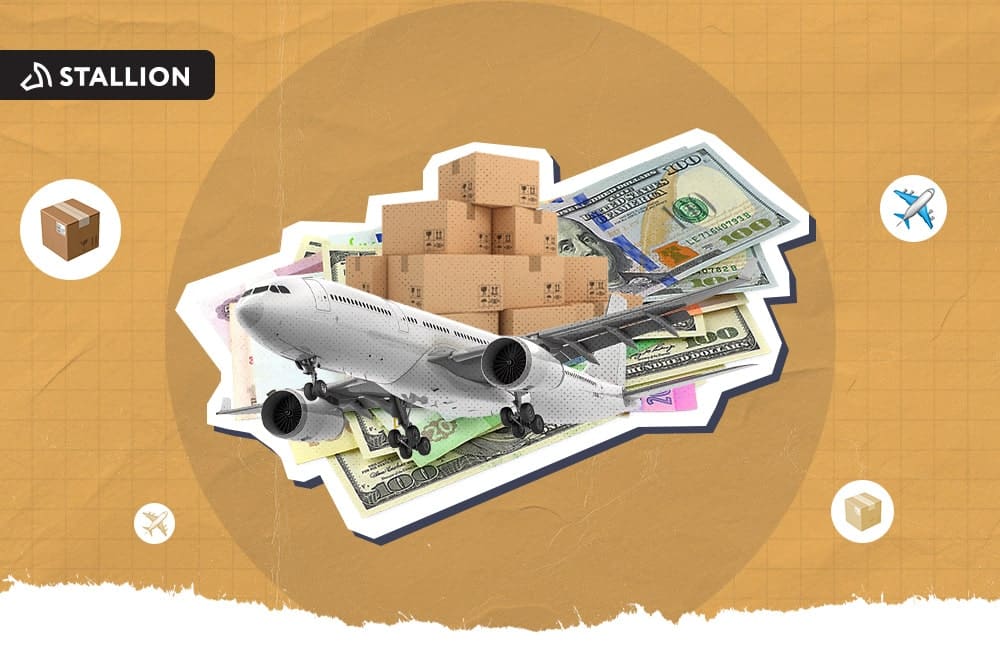
Canada and the United States have one of the most significant trade partnerships in the world. In fact, the value of the goods and services crossing the border every day reaches up to $2.5 billion. However, this relationship is facing challenges.
The ongoing trade war between Canada and the U.S. has taken a significant turn this February 2025. The U.S. government has introduced a new 25% tariff that will impact Canadian exports across multiple sectors.
This unexpected development sends ripples through Canadian industries, from manufacturing to agriculture. What does this mean? It could potentially reshape cross-border economic relationships.
NOTE:
There is some relief—a 30-day delay before the tariffs take full effect.
We will continue to monitor the situation and provide further details to our customers regularly on our website & via email:
https://stallionexpress.ca/2025-us-tariffs/

The Trump administration announced on Saturday that he will impose tariffs on Mexico, Canada, and China under a long-standing law that grants the U.S. president broad economic powers during a national emergency.
In a social media post, President Trump stated that the International Emergency Economic Powers Act (IEEPA) was used to justify the tariffs, citing concerns over illegal immigration and the spread of dangerous drugs like fentanyl. He emphasized that protecting American citizens is his top priority.
The decision about the IEEPA led to the U.S. government placing a 25% tariff on all goods shipping from Canada to the U.S., with energy products facing a lower 10% tariff.
In response, Prime Minister Justin Trudeau has introduced countermeasures:
These new tariffs will likely increase shipping costs and affect businesses and consumers on both sides of the border.

In recent years, the U.S. has implemented various tariffs on Canadian products. The primary sectors targeted by these implementations are:
These tariffs often respond to trade imbalances or perceived unfair trade practices. As of early 2025, for example, the following key points summarize the current tariff environment:
For Canadian e-commerce businesses, understanding these tariffs is vital for strategic planning and pricing. Here are some considerations:
Tariffs can increase the cost of goods sold (COGS), which may lead to higher consumer prices. Businesses must evaluate their pricing strategies to remain competitive while managing increased costs.
Companies may need to rethink their supply chains. Sourcing materials or products from alternative countries could mitigate tariff impacts but may also introduce new logistics and quality control challenges.
Expanding into markets beyond the U.S. can reduce dependency on a single market affected by retaliatory tariffs. Exploring opportunities in Europe or Asia might offer new growth avenues.
These tariffs affect consumers in Canada and the U.S., which can lead to higher prices for everyday goods. Here’s how:
Businesses will pass on the costs associated with tariffs to consumers, leading to higher prices. Shoppers may notice this increase, particularly in sectors heavily impacted by tariffs.
Tariffs can reduce the availability of certain products. Companies will likely limit their product selections to avoid the high costs of imported goods.

To navigate this complex environment effectively, both businesses and consumers should seek to consider the following strategies:
The ongoing U.S. tariffs on Canadian goods present challenges and opportunities for businesses and consumers. By staying informed and adapting strategies accordingly, stakeholders can effectively navigate this evolving landscape.

As we move forward in 2025, anyone involved in cross-border commerce must be aware of potential changes in trade policies.
Stallion is actively working on solutions to help Canadian businesses reduce the impact of the new U.S. tariffs on cross-border shipping. We are in close contact with U.S. Customs and Border Protection (CBP) to discuss the latest regulations, but as of writing, no specific instructions have been provided.
Stay tuned for the latest developments.

Jose is Stallion's Senior Business Analyst. He helps improve the company’s shipping processes, works closely with delivery partners, and looks at shipping data to find the best prices for our customers. Outside of work, Jose has a passion for running, regularly completing 5k and 10k runs, with the goal of running a full marathon in the near future.



Can our fellow Torontonians relate?
-
#smallbusiness #business #entrepreneur #socialmedia #shipping #ecommerce #canadianecommerce #shopify #poshmark #b2b #saas #etsy #ebay #canada #canadiansmallbusiness #shoplocalcanada #entrepreneur
#toronto

Here’s your quick hassle free shipping from 🇨🇦 to 🇺🇸 as a business owner!
-
Any questions?! Leave them 👇🏻 and save this video so you don’t forget!
-
#smallbusiness #business #entrepreneur #socialmedia #shipping #ecommerce #canadianecommerce #shopify #poshmark #b2b #saas #etsy #ebay #canada #canadiansmallbusiness #shoplocalcanada #entrepreneur

Meet @drinkbenny a 🇨🇦 female founded energy drink brand! Instead of focusing on their products, they’re taking a unique approach by hosting in person events in different Canadian cities to offer an experience for their community 🧡
-
What are your thoughts on in person events? 💭
-
#smallbusiness #business #entrepreneur #socialmedia #shipping #ecommerce #canadianecommerce #shopify #poshmark #b2b #saas #etsy #ebay #canada #canadiansmallbusiness #shoplocalcanada #entrepreneur

Do you know the difference between DDU and DDP when shipping internationally 🌏 ?
-
Questions? Leave them below! 👇🏻
-
#smallbusiness #business #entrepreneur #socialmedia #shipping #ecommerce #canadianecommerce #shopify #poshmark #b2b #saas #etsy #ebay #canada #canadiansmallbusiness #shoplocalcanada #entrepreneur

Here’s a quick hack to save time from choosing multiple postage options
↪️ Turn on the lowest postage rate automation to save you time!
-
Questions? Leave them below! 👇🏻
-
#smallbusiness #business #entrepreneur #socialmedia #shipping #ecommerce #canadianecommerce #shopify #poshmark #b2b #saas #etsy #ebay #canada #canadiansmallbusiness #shoplocalcanada #entrepreneur
